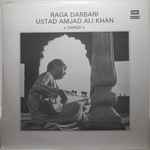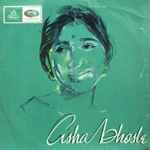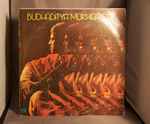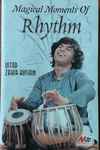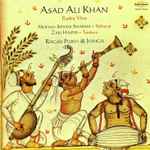Description of indian classical music
Indian classical music is a traditional music genre from the Indian subcontinent that has a history spanning over thousands of years. It is deeply rooted in the ancient Vedic traditions and is regarded as one of the world's oldest and richest musical traditions. Indian classical music is primarily focused on melody and rhythm, and is characterized by intricate improvisations and ornamentations.
Indian classical music has two main traditions: Hindustani music, which originated in North India, and Carnatic music, which originated in South India. Both traditions share some similarities, but have distinct differences in terms of their repertoire, performance practices, and styles.
Indian classical music is typically performed on a range of instruments, including the sitar, sarod, tabla, tanpura, veena, and flute, among others. Vocal music is also an important part of the tradition, with many songs featuring intricate and emotive singing.
One of the key features of Indian classical music is its use of ragas, which are specific melodic frameworks that are used to create mood and emotion. Each raga is associated with a specific time of day, season, and emotional state, and performers will often improvise within the raga to create a unique and deeply personal musical experience.
Indian classical music is often performed in a concert setting, with solo performers or small ensembles taking turns to improvise and showcase their skills. It is also an important part of religious and spiritual traditions in India, with many temples and other religious sites hosting regular musical performances.
Related genres: indianhindustani






